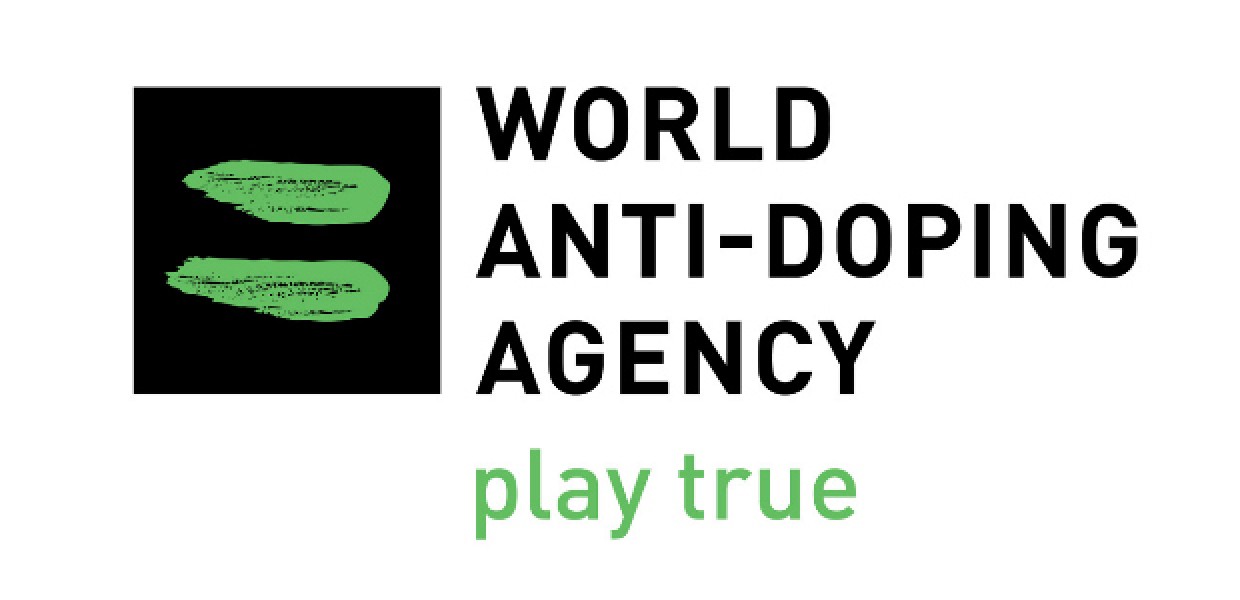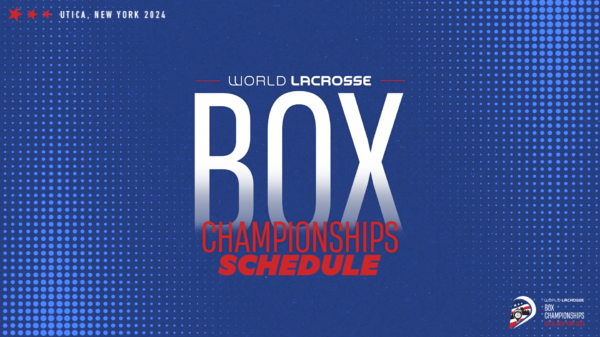Montreal, 1 January 2019 – The World Anti-Doping Agency (WADA) announces that its 2019 List of Prohibited Substances and Methods (List), which was first published on 28 September 2018, enters into force today (1 January).
The List, which is one of six International Standards that are mandatory for all Signatories of the World Anti-Doping Code (Code), designates what substances and methods are prohibited both in- and out-of-competition, and which substances are banned in particular sports.
The List’s annual revision process is led by WADA, beginning with an initial meeting in January and concluding with the publication of the List by 1 October. This is an extensive consultation process that includes WADA’s List Expert Group gathering information, circulating a draft List among stakeholders, taking their submissions into consideration and revising the draft, followed by review by the Agency’s Health, Medical and Research (HMR) Committee.
The HMR Committee then makes its recommendation to the WADA Executive Committee, which approves the List during its September meeting.
For a substance or method to be added to the List, it must be determined that it meets two of the following three criteria:
- It has the potential to enhance or enhances sport performance
- It represents an actual or potential health risk to the athletes
- It violates the spirit of sport
It should be noted that for athletes who have a legitimate medical reason for using a prohibited substance or method that is on the List, they may be accommodated if they meet the criteria outlined in the International Standard for Therapeutic Use Exemptions (ISTUE). The TUE process has overwhelming acceptance from athletes, physicians and anti-doping stakeholders worldwide.
To view the changes made in the 2019 Prohibited List as compared to the 2018 version, please see the 2019 Summary of Major Modifications and Explanatory Notes.
Languages and Formats
The 2019 Prohibited List; the 2019 Summary of Modifications and Explanatory Notes; and the 2019 Monitoring Program are available for download on WADA’s website in multiple languages.
Stakeholders wishing to translate the List into other languages are kindly asked to signal their interest to info@wada-ama.org. If interested, WADA would provide the necessary files and, once the translation is finalized, would make the List available on the Agency’s website.
The List’s mobile-friendly digital edition can be accessed here.






